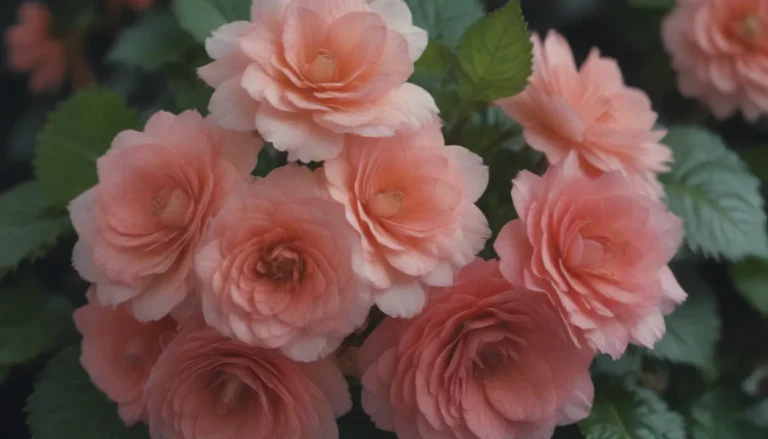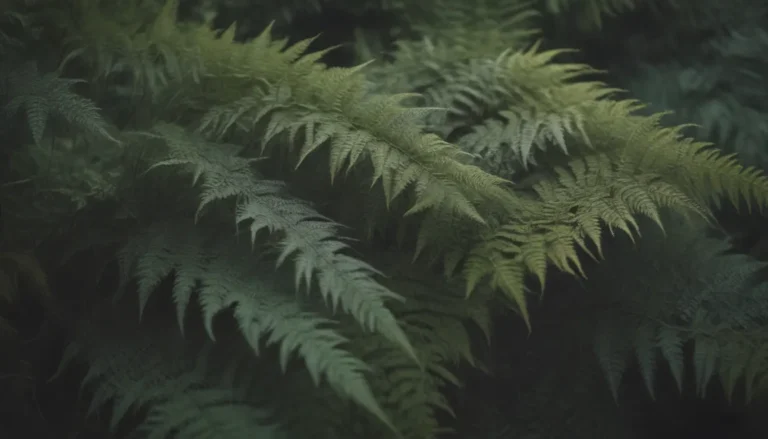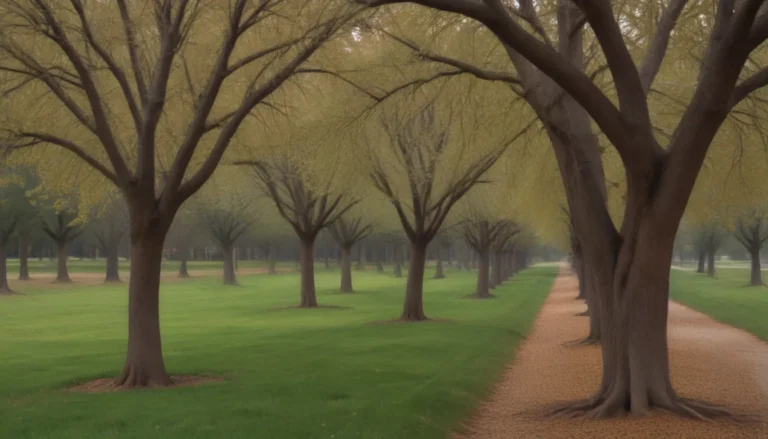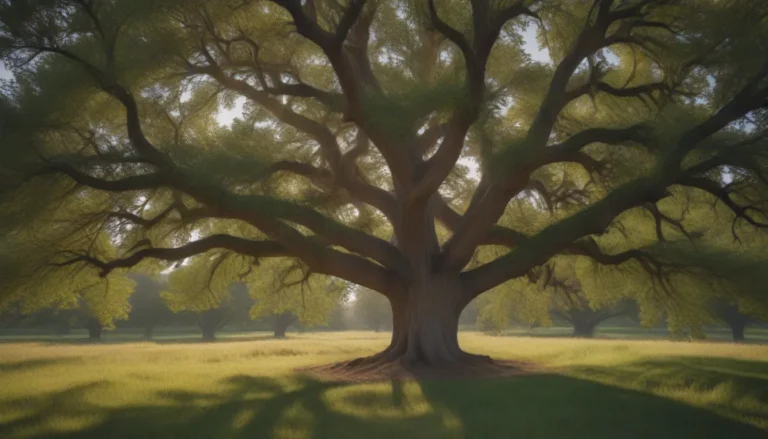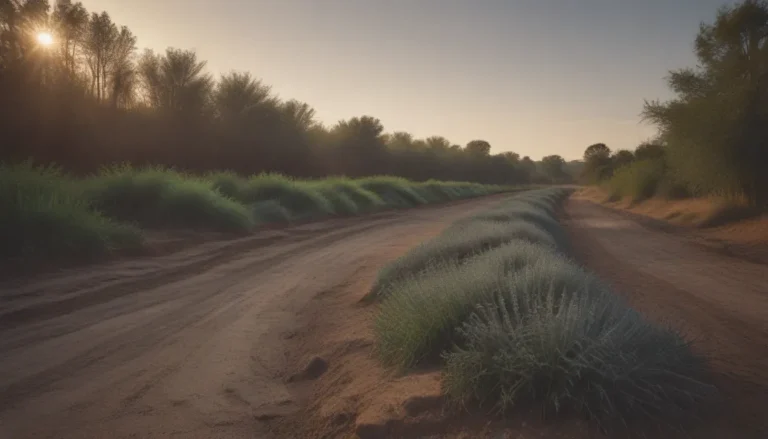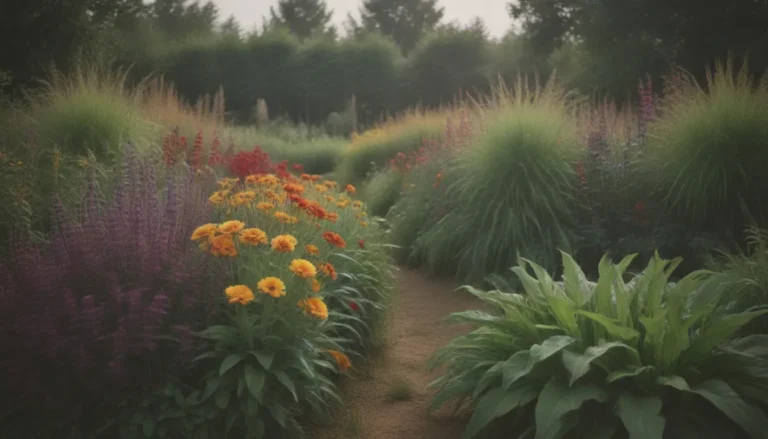Bunchberry Shade Ground Cover: A Comprehensive Guide for Native Plant Landscaping
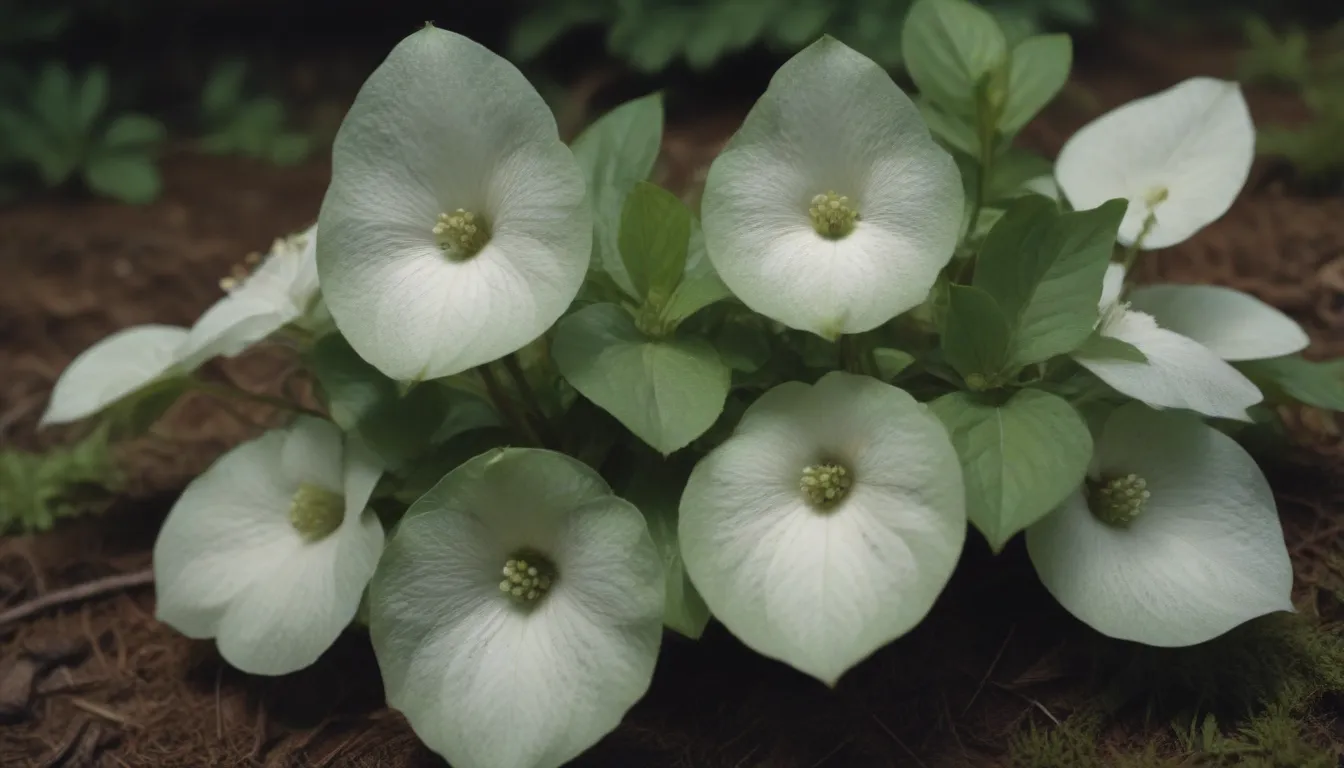
Are you a fan of native plant landscaping in North America? If so, you might want to consider the unique and beautiful bunchberry for your garden. This shadeground cover is perfect for wet soil and thrives in colder climates, making it a great addition to any garden that struggles with these conditions. Let’s explore the fascinating world of bunchberry and how it can transform your landscape.
What Is Bunchberry?
Bunchberry, scientifically known asCornus canadensis, is an herbaceous subshrub that belongs to the dogwood family. Despite its petite size, it shares many characteristics with its larger dogwood relatives. Referred to as “dwarf dogwood,” “creeping dogwood,” and “ground dogwood,” this plant has a rich history and a distinct appearance that sets it apart in the botanical world.
Where Does It Grow?
As its species name suggests, bunchberry is native to North America, particularly in the colder regions of the continent. From the northern United States to Canada and even stretching into northeastern Asia, bunchberry thrives in cold climates and is cold-hardy for planting zones 2-7. Its natural habitat includes moist woods, shaded bogs, and wooded swamps, where it prefers acidic soils and thrives under coniferous trees. This ground cover can even be found growing wild in Alaska, showcasing its resilience to harsh conditions.
What Does Bunchberry Look Like?
Bunchberry is a petite plant that typically grows up to 8 inches in height, with leaves arranged in whorls. During the fall, its leaves can turn a dark red, adding to its visual appeal. When in bloom, bunchberry displays six (sometimes seven) leaves surrounding a central cluster of tiny, yellow-green flowers, all enclosed by four showy white bracts. The plant’s namesake scarlet berries grow in clusters of up to ten, creating a stunning visual display that attracts wildlife and human admirers alike.
How Is It Used in Native Plant Landscaping?
Bunchberry is a versatile plant that thrives in shaded, wet areas, making it a perfect choice for woodland gardens and landscapes with challenging growing conditions. Its cold-hardiness and adaptability to various soil types make it an ideal solution for gardeners in colder climates. While it may not withstand extremely hot summers, it excels in the North and coastal regions, where its delicate beauty can shine.
Native plant enthusiasts appreciate the value of working with plants that have evolved to thrive in their specific regions. Bunchberry’s ability to naturalize and form mass plantings makes it an excellent choice for enhancing the visual appeal of any garden. Its unique appearance and spreading growth habit make it a valuable addition to shade gardens and native plant landscapes.
Companion Plants for Bunchberry, Wildlife Associations
When selecting companion plants for bunchberry, consider species that thrive in similar conditions, such as shade-loving varieties. In woodland gardens, pairing bunchberry with plants like twinflower, blue-eyed grass, and Northern blue flag can create a harmonious and visually appealing landscape. These plants not only complement each other but also attract beneficial wildlife, such as butterflies, while deterring common pests like deer and rabbits.
In conclusion, bunchberry shade ground cover offers a wealth of benefits for native plant landscaping, from its unique appearance to its adaptability to challenging growing conditions. By incorporating this resilient plant into your garden, you can create a beautiful and sustainable landscape that celebrates the beauty of North American native flora.
So, why not consider adding bunchberry to your garden and experience the joy of native plant landscaping firsthand? Let this charming ground cover transform your outdoor space into a haven for wildlife and a visual delight for all who visit.
